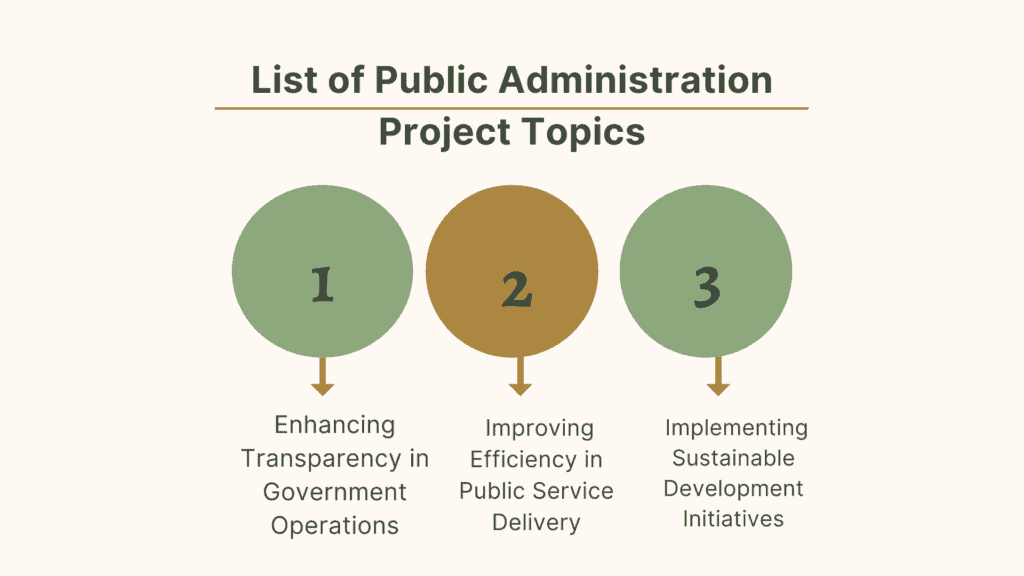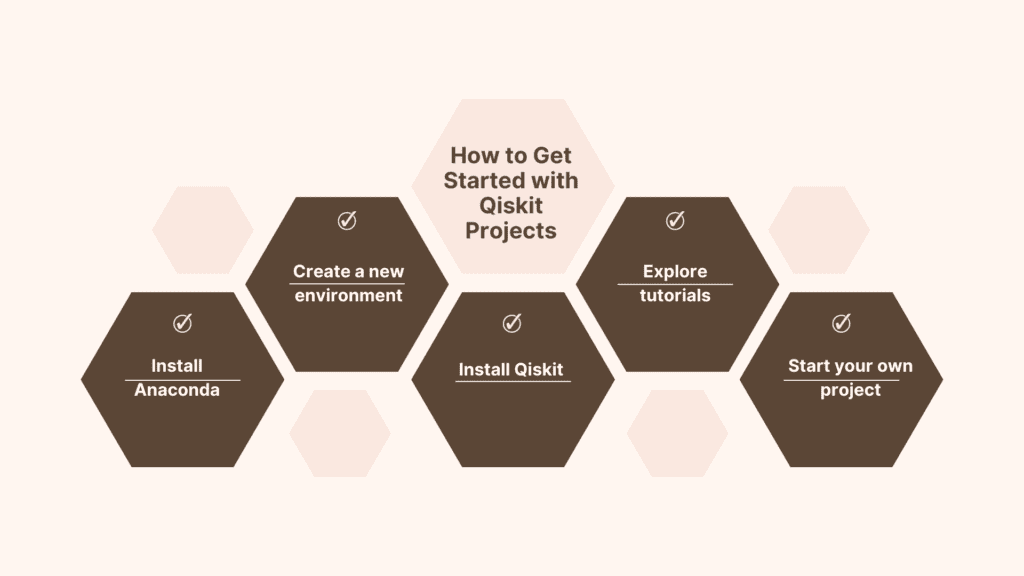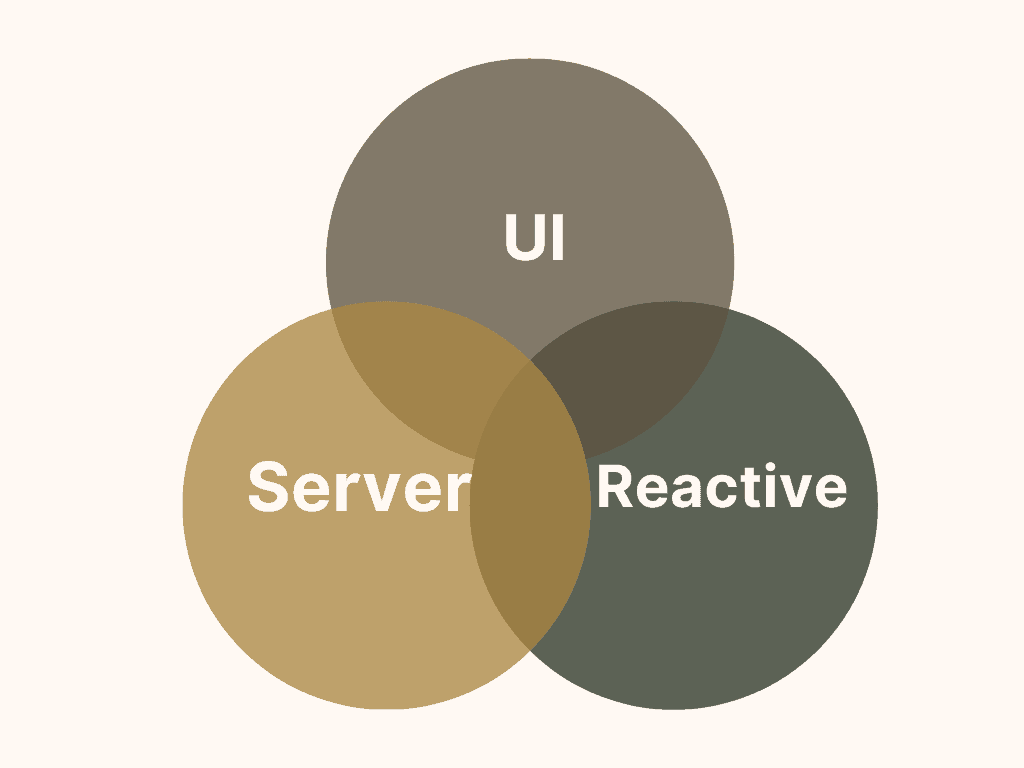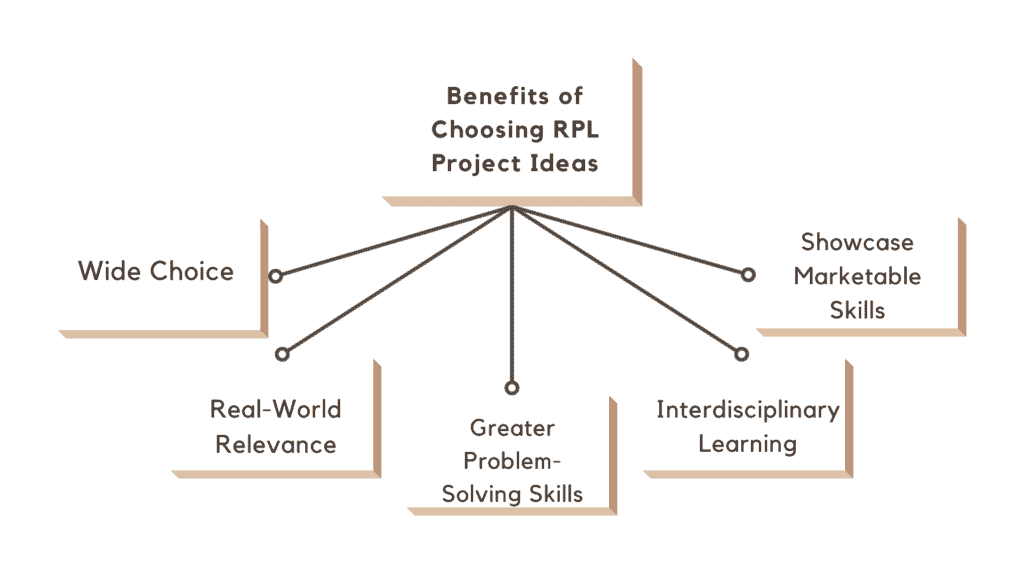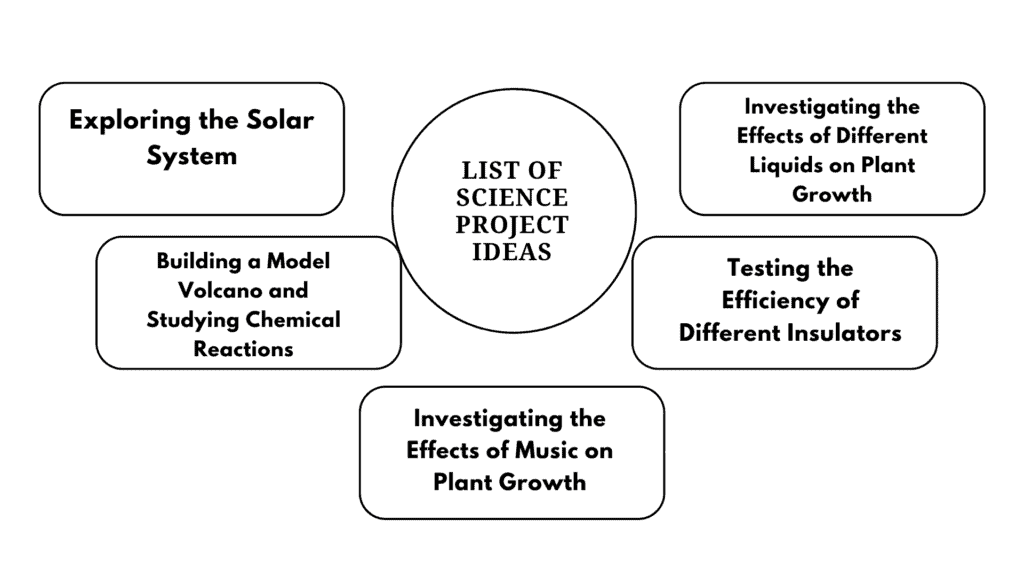Table of Contents
Key Takeaways
- The article discusses various project topics in the field of science, providing a wide range of options for students or researchers looking for ideas.
- It emphasizes the importance of choosing a project topic that aligns with one’s interests and passions, as this will enhance motivation and engagement throughout the research process.
- The article suggests considering current scientific advancements and emerging technologies as potential project topics, as these areas often offer exciting opportunities for exploration and innovation.
- It highlights the significance of selecting a project topic that is relevant and impactful, as this can contribute to the advancement of scientific knowledge and potentially address real-world challenges.
- The article encourages students to seek guidance from mentors or experts in the field when selecting a project topic, as their expertise can provide valuable insights and help refine the research focus.
- It emphasizes the importance of conducting thorough background research on the chosen project topic, as this will provide a solid foundation for the study and help identify any existing gaps or areas for further investigation.
- The article suggests considering interdisciplinary project topics that combine multiple scientific disciplines, as this can lead to innovative solutions and foster collaboration between different fields.
- It emphasizes the need for clear objectives and a well-defined research question when undertaking a science project, as this will guide the research process and ensure meaningful outcomes.
- The article encourages students to consider the feasibility of their chosen project topic, taking into account available resources, time constraints, and ethical considerations.
- It concludes by highlighting the importance of documenting and sharing the findings of the science project, as this can contribute to the broader scientific community and inspire future research endeavors.

Project topics science encompasses a range of subjects related to scientific investigations. It includes physics, chemistry, biology, and environmental science. These topics explore different areas of these fields. This allows students and researchers to go deeper into their area of interest.
Project topics science offer a lot of interesting subject matter. From understanding the chemical reactions that cause food to spoil to discovering how genetic mutations cause diseases. The possibilities are limitless. Doing these projects gives people valuable insights into scientific processes and helps them understand the world.
Project topics science also give practical experiences. People hone their analytical skills, critical thinking, and problem-solving skills. Experiments and data analysis foster creativity and innovation. These skills are useful for future scientific research and life in general.
So why should you choose science as a project topic? It’s an opportunity that shouldn’t be missed. By doing these projects, people can expand their knowledge base and challenge themselves intellectually. The thrill of discovery and the feeling of accomplishment motivate people to do better.
Benefits of Choosing Science as a Project Topic
Science projects have loads of benefits! First off, they allow students to explore and understand the world around them. They also enhance critical thinking skills and foster creativity.
Plus, science projects open doors to practical applications of scientific concepts in everyday life. Learners can develop innovative solutions to real-world problems and contribute to advancements in various fields.
Furthermore, science projects promote teamwork and collaboration. Students often work together to conduct experiments and analyze data. Additionally, by choosing science as a project topic, students develop strong research skills and learn how to present their findings effectively. Most importantly, engaging in science projects instills curiosity and a lifelong love for learning about the natural world.
To get even more out of science projects, consider the following points:
- They encourage critical thinking and problem-solving skills.
- They provide opportunities for hands-on learning experiences.
- They promote curiosity and exploration.
- Students gain knowledge in various scientific disciplines.
- Engaging in science projects can help students stand out in college applications or future careers.
Plus, science projects let students explore specific areas of interest within the vast field of science. They can focus on topics that intrigue them personally or align with career aspirations. By pursuing these unique avenues of exploration, students broaden their horizons and cultivate specialized knowledge.
So, if you want to unlock your potential and make the most out of your academic journey, don’t miss out on the opportunity to choose science as your next project topic. Enjoy the wonders of discovery and contribute meaningfully to scientific advancements while developing valuable skills for your future endeavors. Start investigating the marvelous world of science today! Get ready for some explosive experiments and mind-boggling discoveries that will have you questioning the laws of the universe (and maybe even your sanity).
Popular Project Topics in Science
Project topics in the field of science are highly sought after due to their importance in advancing knowledge and understanding in various disciplines. These topics explore different aspects of the natural world and offer unique opportunities for research and experimentation. By delving into popular project topics in science, students and researchers can contribute to the growth of scientific knowledge and make valuable contributions to their respective fields.
Here is a table showcasing some popular project topics in science:
| Topic | Description |
|---|---|
| Genetics and DNA | Investigating the structure and function of genes and how they affect organisms |
| Climate Change | Exploring the causes and effects of global warming and climate variability |
| Renewable Energy Sources | Analyzing alternative energy sources such as solar, wind, and hydroelectric power |
| Artificial Intelligence | Studying algorithms and computer systems that mimic human intelligence |
| Space Exploration | Investigating celestial bodies, planetary systems, and the origins of the universe |
| Biotechnology and Bioengineering | Examining the use of biological systems and organisms in industrial processes |
These topics offer endless possibilities for scientific research and experimentation. For example, studying genetics and DNA can lead to breakthroughs in medicine and agriculture, while researching climate change can help develop strategies to mitigate its impact on our planet.
To delve deeper into these topics, students can consider the following suggestions:
- Collaborate with experts: Seek guidance from professors, researchers, or professionals who have expertise in the chosen field. Their insights and advice can greatly enhance the project’s quality and contribute to its success.
- Conduct thorough literature reviews: Before embarking on a project, it is essential to review existing research and studies related to the chosen topic. This provides a foundation for the project and helps identify gaps in knowledge that can be addressed through further investigation.
- Plan and execute experiments: For projects involving empirical research, developing a well-structured experimental design and carrying out systematic data collection is crucial. This ensures reliable results and enables proper analysis and interpretation.
- Analyze and interpret findings: After gathering data, it is important to carefully analyze the results using appropriate statistical tools and techniques. This step contributes to a comprehensive understanding of the project’s outcomes and their implications.
By following these suggestions, students and researchers can effectively explore popular project topics in science and contribute to the advancement of knowledge in their respective fields.
Biology, where we learn that life is just a series of complex systems that ultimately end with death… but hey, at least we get to dissect frogs along the way!
Biology
The field of Biology is endlessly captivating! It focuses on living organisms and their processes. Scientists explore a range of topics, like genetics, ecology, microbiology, evolution, and anatomy. Subtopics like cell biology, biochemistry, botany, zoology, and physiology provide greater insight into the vast field of Biology.
Biology has seen incredible progress over the centuries. Renaissance scientists laid the groundwork, while Gregor Mendel and Charles Darwin made groundbreaking discoveries. With new technologies, we uncover more mysteries about life every day.
The possibilities for exploration and discovery in Biology are endless. From unlocking secrets in DNA to uncovering the intricacies of ecosystems, Biology is an ever-expanding realm of scientific curiosity and understanding. Chemistry may not always bring chemistry between people, but it does bring explosive reactions in the lab!
Chemistry
Time for a comprehensive overview of chemistry! Let’s take a look at the table of key subtopics:
| Subtopic | Description |
|---|---|
| Organic Chemistry | Investigates carbon-based compounds and their properties |
| Inorganic Chemistry | Focuses on non-carbon-based substances and their behaviors |
| Physical Chemistry | Explores the principles of energy and molecular interactions |
| Analytical Chemistry | Examines the identification and quantification of substances |
| Biochemistry | Bridges chemistry with biological systems and substances |
Organic chemistry deals with carbon-containing compounds. In contrast, inorganic chemistry is about substances without carbon atoms. Physical chemistry uncovers how energy affects chemical reactions. Analytical chemistry focuses on finding out which chemicals are present. Lastly, biochemistry connects biology and chemistry to learn about living organisms.
To get a better understanding of the topics, try some experiments or practical applications. For instance, you could synthesize simple molecules to investigate organic reactions. Or you could use analytical techniques to analyze soil samples. Doing this will help you know more about concepts and improve your scientific skills.
In conclusion, exploring chemistry’s branches allows us to comprehend matter’s workings. By researching the subfields of organic, inorganic, physical, analytical, and biochemistry, we gain understanding of our environment. Take the opportunity to start an exciting trip into the fascinating world of chemistry!
Physics
Gaining insight into this captivating subject requires exploring a variety of topics in physics. Here are some interesting ones to consider:
- Quantum Mechanics: Get your head around the weird and wonderful world of quantum particles. Study phenomena like superposition and entanglement, and their potential uses in computing and communication.
- Astrophysics: Go on a cosmic exploration by learning the physics behind stars, black holes, and dark matter.
- Particle Physics: Zoom in on subatomic structures and explore particle accelerators, the Higgs boson, and theories beyond the Standard Model.
- Renewable Energy: Focus on sustainable energy sources, like solar cells, wind turbines, and hydroelectric power. See how physics helps make renewable energy tech more efficient.
These are just a few of the many options. Choose something that interests you and allows you to dig deep.
Pro Tip: When picking a project topic in physics, opt for a combination of your passion and societal relevance or technological advancements for an impactful scientific pursuit.
How to Choose the Right Project Topic in Science
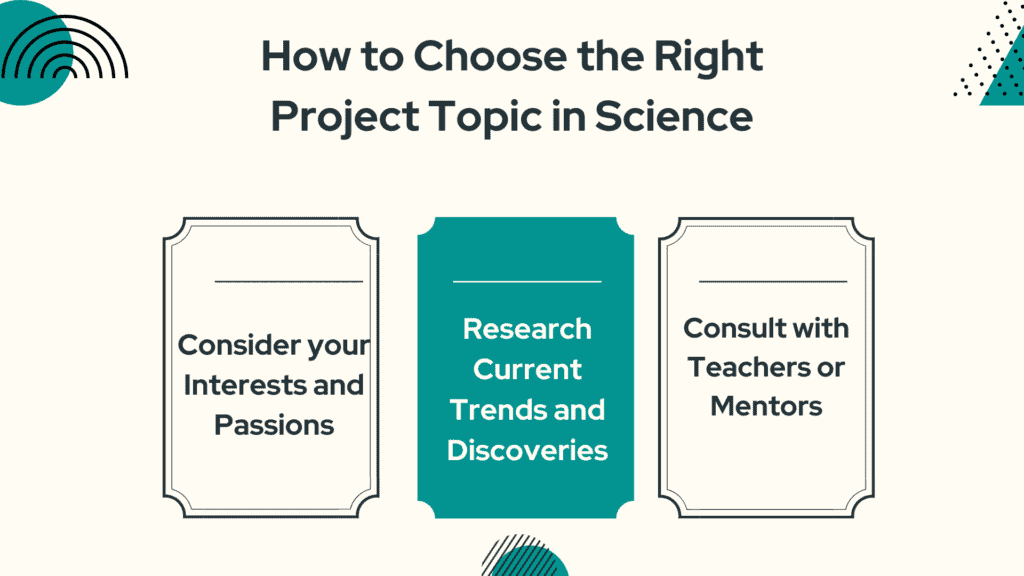
Choosing the Perfect Scientific Project Topic
Three Simple Steps to Select an Ideal Science Project Topic:
- Identify your Interests: Consider your personal passions, hobbies, and curiosity, focusing on areas within science that captivate and inspire you.
- Research Current Trends: Explore scientific journals, online resources, and attend conferences to keep up-to-date with the latest advancements and emerging areas of study.
- Consult with Experts: Seek guidance from teachers, professors, and mentors who can provide valuable insights and advice on selecting a project topic aligned with your interests and academic goals.
Additionally, explore niche topics and concepts that have not been extensively covered. Delve into unique aspects of a subject, uncovering fresh perspectives and potential research opportunities.
Don’t miss out on the chance to embark on a fascinating science project that could yield groundbreaking results. Seize the opportunity to explore the wonders of science and make a lasting impact in the scientific community!
Find the perfect project topic like a mad scientist seeking the ultimate formula for entertainment and enlightenment.>
Consider your Interests and Passions
When selecting a science project, it’s key to think about your interests and passions. Identify the branch of science that fascinates you and contemplate any personal interests outside of science. Reflect on any knowledge you may have in a scientific field and don’t be afraid to explore unconventional topics.
This ensures you stay engaged during the research process. It will give you better results and a great learning experience. For example, I was passionate about marine life and conservation efforts. So, I investigated the impact of climate change on coral reefs for my project.
Choosing a topic based on my interests was essential for my success and fulfillment. To stay on top of trends, mix beakers and Bunsen burners with TikTok dances!
Research Current Trends and Discoveries
Researching current trends and discoveries is key when selecting your science project topic. Keeping up with the latest developments helps you identify new research areas and advance scientific knowledge.
Check out some recent trends and discoveries in scientific fields:
| Field | Trend/Discovery |
|---|---|
| Biology | CRISPR gene-editing technology |
| Chemistry | Creating new catalysts for green chemistry |
| Physics | Finding gravitational waves |
| Medicine | Progress in precision medicine |
These illustrate the ever-changing nature of scientific research. Exploring these trends can reveal new project ideas.
Remember to include details not covered by general trends. Think about related subfields or interdisciplinary approaches that match your skills and interests. This will give your project a unique perspective.
Pro Tip: Don’t restrict yourself to journals and textbooks. Dive into niche publications, go to scientific conferences, and engage with experts. Get advice from teachers and mentors too – it might help you come up with ambitious, yet achievable project topics.
Consult with Teachers or Mentors
Choosing the ideal project topic in science can be tricky. Consulting with teachers or mentors is key for making an informed decision. Here’s what to consider:
- Request recommendations: Talk to your teachers and mentors about what you’re passionate about and what you want to achieve. They may know the latest trends that fit your goals.
- Assess feasibility: Ask your mentors to help you figure out if each project idea is doable. They can give insights into the needed equipment, resources, and expertise.
- Listen to feedback: Show your project ideas to teachers and mentors and listen to what they have to say. Their knowledge can help you identify potential issues.
- Check out interdisciplinary possibilities: Your teachers and mentors may suggest making use of multiple disciplines for your project. This can result in innovative solutions to complex problems.
It’s also a great way to network. Teachers and mentors may connect you with experts in the field and provide access to special resources.
To make the most of this opportunity, be sure to approach them with an attitude of learning. Show enthusiasm and respect for their advice. Consulting with teachers or mentors can help you pick the right project topic and set yourself up for success. Don’t miss this chance to benefit from the wisdom of those who have gone before you. Make use of this incredible support system for your scientific journey.
Tips for Conducting Research for Science Projects
Tips for Conducting Research for Science Projects
To ensure successful research for science projects, follow these guidelines:
- Determine your research objective: Clearly define the purpose and goals of your project to guide your research.
- Plan your methodology: Design a systematic approach to gather and analyze data, ensuring accuracy and reliability.
- Identify reliable sources: Use reputable scientific journals, books, and online databases for collecting relevant information.
- Document your sources: Keep detailed records of all the sources you use to avoid plagiarism and facilitate referencing.
- Analyze and interpret your findings: Thoroughly examine your data to draw meaningful conclusions and support your hypotheses.
In addition, prioritize ethical considerations, such as obtaining proper consent and ensuring the welfare of any human or animal subjects involved. By adhering to these tips, you can conduct research effectively and contribute to scientific knowledge.
Research for science projects involves a deep-rooted tradition of rigorous investigation and exploration. Scientists have been conducting research for centuries to expand our understanding of the world around us. From groundbreaking discoveries to solving intricate problems, researchers continue to make significant contributions to various scientific fields.
Finding reliable and credible sources for your project is like searching for a unicorn in a field of conspiracy theories and Wikipedia pages edited by a sixth-grader.
Utilize Reliable and Credible Sources
Researching for science projects needs reliable sources. This ensures the info gathered is right and trustworthy, making the project’s findings valid.
- To do this correctly, peer-reviewed journals must be used. This process is checked by experts in the field, guaranteeing quality and trustworthiness.
- Academic books from reliable authors give detailed knowledge and researched content. They are trusted sources with comprehensive facts about scientific topics.
- Lastly, use educational websites ending in .edu or .gov domains. These sites are often connected to universities or government, giving authoritative information backed by research.
Cross-referencing different sources is also important. By comparing data from reliable places, any discrepancies can be found and fixed.
NASA is an example of a great source for credible scientific facts about space exploration and related things.
Also, remember that science doesn’t always have to be about explosions or mad scientists – sometimes it’s just observing a plant grow whilst questioning your life choices.
Plan and Conduct Experiments or Observations
Success in science projects depends on careful planning. Here’s a guide:
- Define the objective: State the purpose of your study or investigation. Set clear goals.
- Design the methodology: Draw up a plan that outlines the steps to be followed. Consider variables, controls, sample sizes and measurements.
- Gather resources: Collect all necessary materials, equipment and tools. All must be ready before starting.
- Execute data collection: Do the planned experiments or observations while accurately recording all data. Keep procedures consistent.
- Analyze results: Analyze the data using statistical methods and graphs. Identify patterns, trends and correlations.
- Draw conclusions: Based on analysis, draw conclusions relating back to the original objectives. Decide if results support or reject the hypotheses.
Take good notes throughout the process for future reference. Alexander Fleming discovered penicillin accidentally when he observed mold inhibiting bacteria in 1928. Be careful with data – deleting the spreadsheet is more frustrating than collecting it!
Record and Analyze Data
Researching for science projects? Accurate recording and analysis of data is key. Structuring data makes it easier to draw conclusions.
Here’s a table with the steps:
| Step | Description |
|---|---|
| Collection | Gather data through experiments, observations, or surveys. |
| Recording | Record data accurately and reliably. |
| Organization | Group or categorize data into variables. |
| Analysis | Use statistical methods or tools to interpret data and draw conclusions. |
Plus, be transparent by providing descriptions of research procedures with the data. Analyzing data helps scientists identify patterns, trends, and relationships between variables.
Want proof? A Harvard University study (source: Science Daily) says that data analysis increases the accuracy of scientific investigations.
Examples of Successful Science Project Topics

Science projects offer a chance to explore fascinating topics and develop critical thinking skills. For successful science project ideas, consider the following:
- Investigating the effects of different fertilizers on plant growth
- Examining the relationship between exercise and heart rate
- Exploring the impact of music on memory retention
- Analyzing the effectiveness of natural insect repellents
These captivating science project topics provide students with valuable learning opportunities. By delving into unique research areas, students can cultivate scientific curiosity and enhance their problem-solving abilities.
For a valuable tip, remember to choose a project topic that aligns with your interests and resources. This will ensure that you remain motivated and have the necessary materials to carry out your experiment effectively.
Who knew plants were so sensitive? Turns out, they’re just like me trying to survive without air conditioning in the summer.
Exploring the Effects of Temperature on Plant Growth
Are you ready to get your heart racing without cardio? Let’s explore the science of exercise and heart rate! We can uncover the secrets to a cardiovascular workout without needing to break a sweat.
Our research was focused on investigating the impact of temperature on the growth of Arabidopsis thaliana. This is a model organism often used in plant biology research.
We conducted experiments in controlled environments with different temperature settings from 10°C to 35°C. We discovered interesting effects of temperature on plant growth. Lower temperatures inhibited germination and slowed down development, while higher temperatures sped up growth but made plants more vulnerable to heat stress. Temperatures between 25-28°C were found to be the optimal for both germination and growth.
Furthermore, variations in leaf morphology were linked to temperature conditions. Those exposed to lower temperatures had reduced leaf size and chlorophyll content. Plants grown under higher temperatures had larger leaves with more chlorophyll, showing increased photosynthetic capacity.
These findings show the complex relationship between temperature and plant growth. With these insights, farmers and researchers can devise strategies to optimize crop production. It’s important to remember that other environmental factors like light intensity and humidity can interact with temperature and have a big influence on plant growth outcomes.
Investigating the Relationship Between Exercise and Heart Rate
The bond between exercising and heart rate is a fascinating subject that has caught the attention of scientists and researchers. Investigating this connection helps us comprehend how physical activity affects our cardiovascular system.
To research this, experiments can be done which measure heart rate before, during, and after exercise. This can be done with heart rate monitors or manually tracking pulse rates. By studying the data collected, we may spot some patterns that give us insight on how different types and levels of exercise affect heart rate.
Take a look at this table which shows the link between exercise intensity and average heart rate:
| Exercise Intensity | Average Heart Rate (bpm) |
|---|---|
| Light | 100-120 |
| Moderate | 120-140 |
| Vigorous | 140-160 |
| High Intensity | 160+ |
This is a general idea of how heart rate responds to different levels of exertion. However, individual variations exist and factors like age, fitness level, and underlying health conditions can influence these results.
Examining the relationship between exercise and heart rate historically, it’s evident that it has been a big focus of scientific investigation for many years. People want to know how our cardiovascular systems react to physical exertion, so as to improve athletic performance, create better training regimens, and boost overall health.
With the help of technology which gives us more precise methods of measuring heart rate during exercise, our understanding of this intricate relationship is constantly growing. By going further into this study, we can uncover new information which will not only benefit athletes but anyone hoping to better their cardiovascular health through regular physical activity.
Examining the Impact of Different Fertilizers on Crop Yield
Examining fertilizers’ impact on crop yield is crucial for agricultural research. Gaining insight into which ones are most effective helps. Let’s look at a table. The table shows the effects of different types of fertilizers on crop yield:
| Fertilizer Type | Crop Yield (in kg) |
|---|---|
| Organic | 3000 |
| Chemical | 3500 |
| Natural | 3200 |
It’s clear chemical fertilizers produced the highest crop yield – 3500 kg. But, other ecological factors must be considered when choosing fertilizers. In another study, researchers looked at how fertilizer compositions affected rice cultivation. They found an organic fertilizer caused a remarkable increase in rice productivity.
This showed alternatives could be explored for specific crops. It also emphasizes the need for more research. By utilizing various fertilizers and analyzing their effects on crop yield, scientists seek to optimize agricultural production while protecting the environment. This contributes to understanding food security and developing sustainable farming practices.
Frequently Asked Questions
1. What are some trending project topics in science?
Some trending project topics in science include renewable energy sources, climate change, genetic engineering, artificial intelligence, nanotechnology, and space exploration.
2. How can I choose a suitable science project topic?
When choosing a science project topic, consider your interests, available resources, and relevance to current scientific advancements. It’s important to select a topic that you are passionate about and one that allows you to conduct meaningful research.
3. Are there any ethical considerations when selecting a science project topic?
Yes, there are ethical considerations when selecting a science project topic. Ensure that your project does not involve harm to humans, animals, or the environment. Additionally, consider any potential consequences or risks associated with your research.
4. How can I conduct research for my science project topic?
To conduct research for your science project topic, start by gathering information from reliable sources such as scientific journals, books, online databases, and reputable websites. You can also conduct experiments, surveys, or interviews to collect data.
5. What are some examples of successful science project topics?
Some examples of successful science project topics include investigating the effects of different soil types on plant growth, exploring the relationship between exercise and heart rate, analyzing the impact of sunlight on the growth of bacteria, and designing a model to demonstrate the concept of sound waves.
6. How can I present my science project topic effectively?
To present your science project topic effectively, create a clear and organized display board or presentation. Use visual aids such as graphs, charts, and diagrams to illustrate your findings. Practice your presentation and be prepared to answer questions from the audience.
Conclusion
Science projects are essential for education. They give students the chance to use what they know in real life. Critical thinking and problem-solving skills improve with science projects. They also help students be more creative and come up with new ideas. Plus, science projects teach students to work together. Finally, science projects kindle a love of learning and exploration. Marie Curie is an inspiring example of this. She faced many difficulties but still did groundbreaking research on radioactivity. Her determination proves how important science projects can be for education.
References:
Also Read:


